ALB-X for Azure Marketplace Deployment with Resource Manager Guide
In this guide
Summary
Traffic Flow
Recommendations
Limitations
Deploying an ALB-X in Azure
Licencing
References
Summary
This guide is intended to provide an overview of Edgenexus ALB-X for Azure. It will describe the process to find, build and setup our advanced Layer7 accelerating load balancer in the Microsoft Azure infrastructure with Resource Manager.
Traffic Flow
Azure Load Balancer
There are two levels for load balancing available for Azure infrastructure services:
- DNS Level:
Load balancing for traffic to different cloud services located in different data centers. - Network Level:
Load balancing of incoming traffic to different virtual machines of a cloud service, or load balancing traffic between virtual machines in a cloud service or virtual network. This is done with the Azure Load Balancer
Virtual machines in the same cloud service or virtual network can communicate with each other directly using their private IP addresses. Computers and services outside the cloud service or virtual network can only communicate with virtual machines in a cloud service or virtual network with a configured endpoint. An endpoint is a mapping of a public IP address and port to that private IP address and port of a virtual machine or web role within an Azure cloud service.
The Azure Load Balancer randomly distributes a specific type of incoming traffic across multiple virtual machines or services in a configuration known as a load-balanced set. For example, you can spread the load of web request traffic across multiple web servers or web roles.
The following figure shows a load-balanced endpoint for standard (unencrypted) web traffic that is shared among three virtual machines for the public and private TCP port of 80. These three virtual machines are in a load-balanced set.

Edgenexus ALB-X for Azure
Whilst the Azure Load Balancer provides layer 4 load balancing for yourcloud service, the Edgenexus ALB-X offers application delivery and optimisation features such as Layer 7 load balancing with session persistence, traffic manipulation, content caching, compression and SSL offload to name but a few. The Edgenexus ALB-X also provides granular control of the real servers allowing you to take real servers in and out of service on the fly without losing connectivity. Please follow this link for the full list of features.
There are a few ways that you may want to deploy your Edgenexus ALB-X in azure. edgeNEXUS recommends deploying in a highly available (HA) configuration.
The figure below shows how a typical HA deployment will look using two Edgenexus ALB-X to provide HA for three web servers.
Recommendations
- Edgenexus ALB-X virtual machines are created in the same cloud service.
- Both ALB-X VMs should be configured in the same availability set.
- Configure each service or endpoint in a load balance set for Active-Active configuration.
- The default distribution method for Azure load balancer is 5 tuple. This
can be changed to provide IP based affinity, please see this link for more information. - Licence both ALB-X.
- Application Virtual Machines may be created in a separate cloud service.
- Both the Edgenexus ALB-X virtual machines and the application virtual machines should be in the same virtual network.
Limitations in Azure
- Edgenexus ALB-X in Azure is limited to one network interface
and as such the connectivity modes of Transparency and Gateway will not work.
- All ALB-X virtual services in Azure share the same IP address so Clustering between ALB-X is not possible at this stage. You must configure each ALB-X individually. We are working on a method to synchronize configurations in Azure.
Deploying your Edgenexus ALB-X in Azure
Welcome to Azure Marketplace
- Let’s start by accessing the Microsoft Azure marketplace using the URL https://azure.microsoft.com/en-us/marketplace/
- Type “jetnexus” in the search box to show the available load balancers
Create
- For this guide let’s use the 500Mb Accelerating Load Balancer which is limited to 500Mbps throughput
- Select this and then click Create Virtual Machine
Select A Deployment Model
Wait
- You will then see the following animation before the create screen is shown
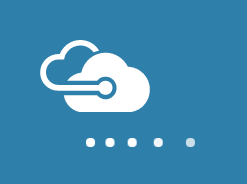
Basic Configuration
- Add a suitable Name for your ALB-X – here we have given ours albx-guide-1 as we will be creating albx-guide-2 a little later
- Choose a VM disk Type
- Add User Name which will be used to log on to the ALB-X
- Add a valid Password
- Choose an existing Resource Group or create a new one
- Choose a Location
Storage Account
Virtual Network
- Here we are creating a new virtual network called albx-guide-1 and defining network addresses
- This becomes more relevant when you deploy additional ALB-X so they can talk to each other on the local subnet
- You may also use this same virtual network for your application VMs and publish the end points through the ALB-X only
Public IP Address
- You may stipulate the internal IP address of the VM, or like we have done here, leave it to dynamically assign using DHCP
Network Security Group (Firewall)
- By default your ALB-X will add the following inbound security rules:
- TCP port 443 – Secure Web
- TCP port 80 – Normal Web
- TCP port 27376 – Management interface
- TCP port 22 – SSH access
- You can create more security rules at this stage or once the ALB-X is created
High Availability
- To provide redundancy to your application, we recommend that you group two or more virtual machines in an Availability Set. This configuration ensures that during either a planned or unplanned maintenance event, at least one virtual machine will be available and meet the 99.95% Azure SLA.
- In this example we are going to create an availability set called guide-avset
Review Summary and Buy
- Once the settings have been completed, review the Summary, then Purchase
Wait
- Your VM will take around 5 minutes to be created
Complete
- Once complete you should receive the messages saying Deployment Successful
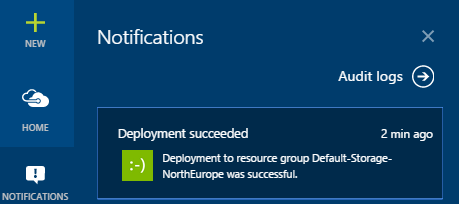
Create a Second ALB-X
- Create a second ALB-X with a different name. Here we are using albx-guide-2
- Use the same availability set
- Use the same virtual network subnet as the 1st ALB-X
- Use the same resource group
- Use the same location
Create a New Load Balance Set
- As previously mentioned to provide HA for a service we need to create load balance set for each service
- The example below adds a load balance set for port 80 on albx-guide-1
- In order to do this we must first delete the old port 80 endpoint
- Create a load balancer set with name – web-lbset-80
- Protocol = TCP
- Public port = 80
- Probe protocol = HTTP
- Probe path = /
- Probe interval = 30
- Number of retries = 3

Join an Existing Loadbalance Set
- Now that we have created a load balance set for port 80 on albx-guide-1 you can add this on albx-guide-2
- Make sure that you have already deleted the web port 80 endpoint from albx-guide2
- Click Join from within the Load Balanced sets
- Select web-lbset-80 from “use an existing load balanced set”
Accessing Your ALB-X
- During the creation process we gave our service a name of albx-guide-ha.cloudapp.net
- A management endpoint was also created equal to 27376
- As we have two ALB-X under the same service we need to make the public management port unique
- By default Azure will deploy the second ALB-X with a uniquely high public port that will map to 27376 internally
- We have deleted the auto created endpoints and changed them for 27371 and 27372 for albx-guide-1 and albx-guide-2 respectively
- Here is where we tie the both together to access the ALB-X – https://albx-guide-ha.cloudapp.net:27371
- Login to your ALB-X using the same username and password setup earlier
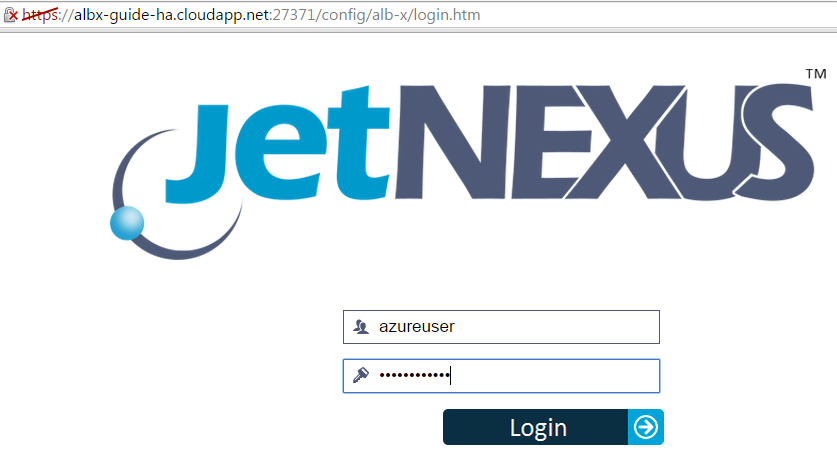
Virtual Services
- Once logged on you will be automatically taken to the IP Services page
- Here you will find an example Web Service that uses the www.jetnexus.com web site as a real server
- The real Server IP address can be any public Internet address or a private address in the same virtual subnet or routable subnet
- Please note that the image below shows a real server IP address that may not be live at the time of reading this guide

Licence your ALB-X
Your
Azure ALB-X current deploys with a 14 day licence. Please contact sales@edgenexus.io and they will issue a license based on your MachineID.
This can be found on the Setup–Licence page near the bottom
Please see https://appstore.edgenexus.io/user-guides/user-guide-4-1-2/current-user-guide/licence/ for more information on licensing
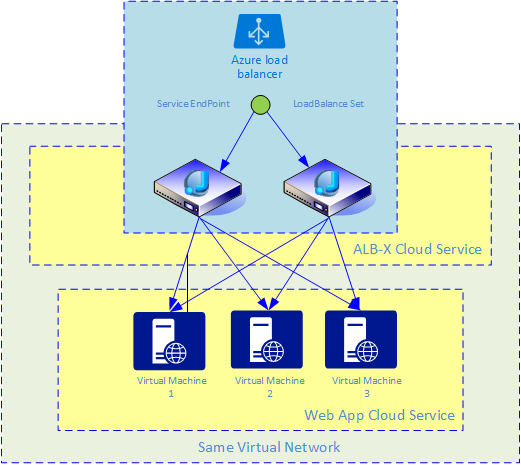
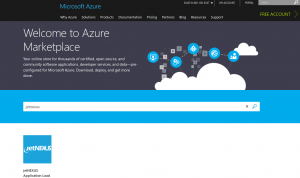

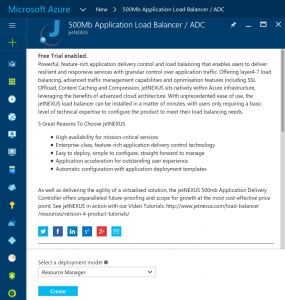

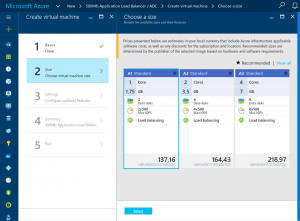
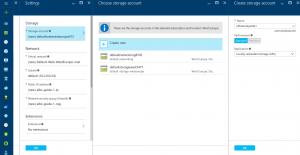
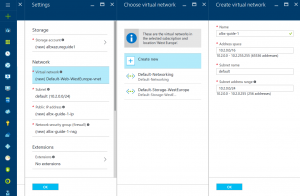



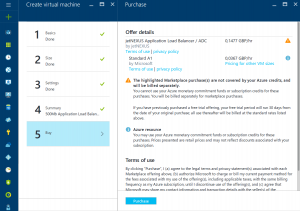
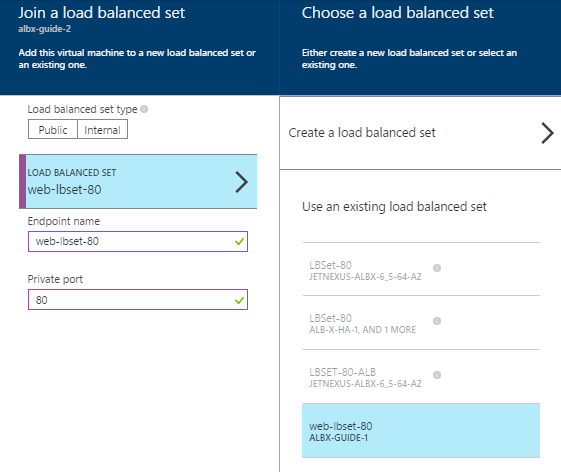
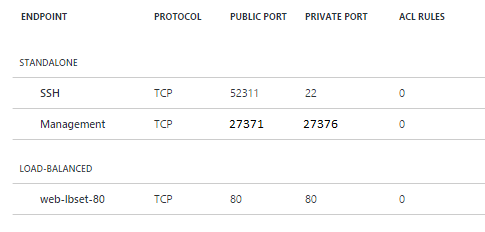
 Back to Top
Back to Top